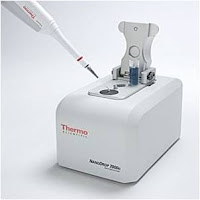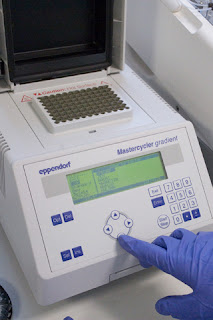Blog Post Week 11

This week has been very stressing, all these deadlines are really killing me. My eyes are becoming very dim day by day from staring at a computer screen for too long. Though my organizational skills have really kept me on track with everything and made sure everything is getting done at its right time. This research paper was the hardest paper I have ever had to write. Maybe because when i could look up some research the articles were always so hard to understand because of the big words and having to open up tabs from tabs to clarify what exactly I was reading. While I also went over my paper with Josh he pointed out that if I didn’t know some words he would best recommend me to have a flash card and identify key vocabulary that I don't know incase question about certain would be asked by the audience on presentation day. Other than that I have just been working on my conclusions this past week, but it keeps asking for graphs in each part and I don’t want to repeat and repeat the





